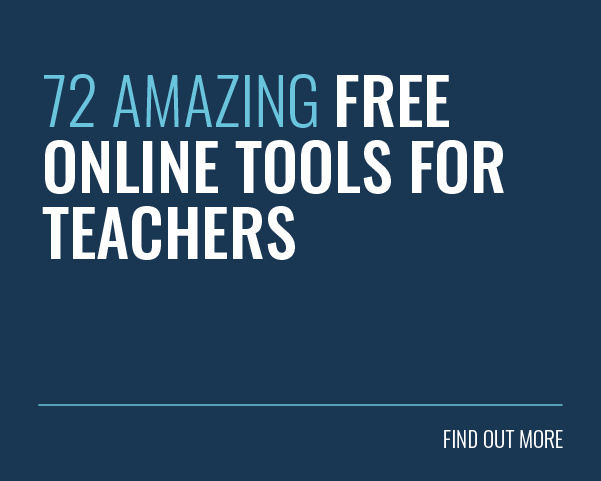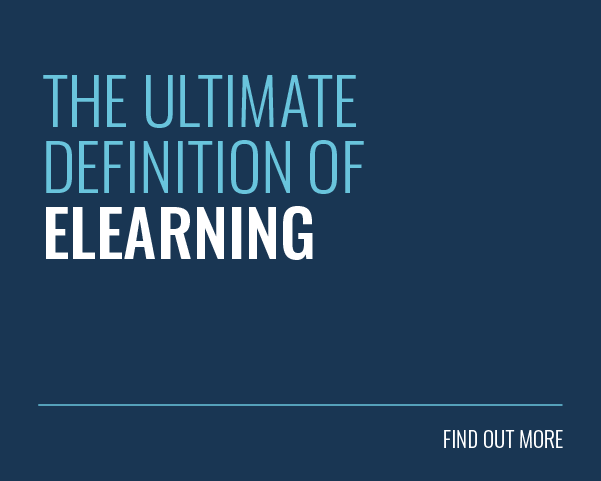 Training videos are the perfect way to engage your learners. After all, if a picture speaks a thousand words, then a two-minute video must have all the clout of a lengthy novel.
Training videos are the perfect way to engage your learners. After all, if a picture speaks a thousand words, then a two-minute video must have all the clout of a lengthy novel.
In fact, the fine folks at Forrester Research took that old adage quite literally and calculated that a one-minute video is worth 1.8 million words. That’s the equivalent of reading War and Peace three times in 60 seconds!
These days, we’re more accustomed to consuming information via video content. YouTube is now the world’s second most popular search engine, coming in just behind Google.
The truth is this: if you’ve got something important to say, it’s often easier and more effective to say it with a video.
Why Training Videos Are So Effective
1. People Prefer Video
Would you rather read a 12-page training manual, or put your feet up on the desk and watch a 3-minute video? Our brain processes video 60,000 times faster than text, negating any real cognitive strain. Studies have also shown that sites which include video have on average, an extra two-minute dwell time compared to sites that don’t.
Given how much there is to explore, two minutes is a long time to spend doing anything on the web. What’s more, 59% of senior executives agree that when a web page offers both text and video on the same topic, they prefer to watch the video.
Another statistic to support the case for video learning come from Google. 86% of US viewers say they often use YouTube to learn new things.
2. Video Content is Easier to Remember
If learners don’t retain the information they find in their training, then the training isn’t very effective. In a world swarming with distractions, learner engagement is more important than ever. Studies indicate that information that is seen or heard has a greater retention rate. Information that’s both seen and heard is better still, making video a great training medium. It, therefore, helps in the fight against the mighty Forgetting Curve.
- Information that is ‘heard’ (such as a teacher discussing something in class), has a 10% retention rate.
- Information that is ‘seen’ (such as a teacher drawing something on a blackboard), has a 20% retention rate.
- When information is both ‘seen’ and ‘heard’ (such as when you watch a video), the viewer retains a staggering 80%.
3. People Connect with Video More Easily
According to Simply Measured, video content gets shared 1200% more than text does and that’s mainly due to the emotional connection videos form with their audience.
By 2022, videos will make up for 88% of all consumer traffic. Even more encouragingly, YouTube’s very own Robert Kyncl has previously claimed that video will soon make up 90% of all internet traffic. If that’s what your learners are encountering in their day-to-day lives, then they’ll expect something similar from their training. Anything that falls below that benchmark could be considered outdated, obsolete or just plain boring.
7 Videos Your Learning Programme Should Have
Creating videos is easier than it’s ever been – the biggest challenge is knowing where to start. Luckily, we’ve come to the rescue with 7 examples of video content that your training programme can’t do without!
1. The Crash Course
Whether you’re drumming up interest in an existing programme or you’re preparing for a brand new launch, a quick-start video is something you should plan for. If you have a major launch including a new LMS, a quick tour of the main features will get all users off on the best foot.
How about hosting a webinar to introduce learners to the system? The live chat feature on most webinar hosting platforms allows the user to
Even on a smaller scale, a quick video describing the nature and aims of the programme stands a better chance of engaging the learners than an email or a note taped to the staff-room door.
2. The Seal of Approval

A great training programme isn’t about making the prettiest videos with the best use of special effects – it’s about changing behaviour and building the kind of culture that leads to real growth. It’s important that you demonstrate your commitment to the programme from the highest level.
If you want your learners to be excited about the training, you need to lead by example. Book a slot in your CEO’s calendar and record a quick video with them. It doesn’t have to belong, or even a big-budget blockbuster – it just needs to say to your learners that their boss is invested in the training programme and excited at the opportunities it unlocks.
3. The Experience piece
The most powerful learning assets are the ones that hold the most significance for the learners. Nothing will have more relevance to them than a testimonial from one of their peers. At 89%, testimonials have the highest effectiveness rating for any content marketing. There are many ways to gather learner-created videos, but the best way is to include the task of creating a video as part of their training programme.
If they’re working in sales, for example, you can ask them to share an example of a time they were asked a challenging question by a prospect. Whether the outcome was positive or not isn’t important – the important thing is that they learned something. By creating a video, their colleagues can learn something too.
4. The Expert Interview
Without subject matter experts, your learning programme is going to have trouble getting off the ground. In a lot of businesses, the SMEs are hidden hands, shrouded in the background during the production process, quietly checking the accuracy of the learning material and giving much-needed insight.
You can give your learners a glimpse into the expert’s world by recording a quick interview. You could base it around some popular misconception within their area of expertise, or get them to describe a sticky topic in their own words. If your expert is brave, why not take advantage of YouTube Live and stream the video, well, live?!
As with learner-submitted content, the high level of relevance will validate the message and make it a more effective training tool.
5. The Quick Tip
If you’ve ever taken an eLearning unit you’ll know that after a while, you begin to lose concentration. If your training programme demands investing large chunks of your learners’ time, you run the risk of boring them before the learning objective has been embedded.
Shorter content is more likely to be retained by your learners than sprawling eLearning units requiring 20 minutes’ time investment. Another benefit of the quick tip is that several can be recorded at the same time and gradually pushed to the learners, keeping the training programme fresh.
These shorter clips are also more likely to be shared between learners, creating more opportunities for viral learning.
6. The Product Demo
In a retail or a sales environment, one of the biggest training challenges is keeping your employees informed about new products or services. With up-to-date product information, your salespeople have a better chance of highlighting the benefits for your customers.
If they don’t have that information, their ability to sell is reduced. Luckily, it’s easier than ever to create a product demonstration video. If you look at YouTube any day of the week, you’re sure to find an amateur unboxing video and your product training needn’t be any more complicated.
7. The Customer Testimonial

Aside from the bread-and-butter of learning objects and training collateral, engagement is a huge part of any training initiative. It’s easy to focus too much on delivering training materials and end up forgetting to keep your users on board. You need to spend at least some of your time creating content that shows your employees the effects of their work.
A customer testimonial video is a great way to pass on the kind words of your clients. It reminds your employees why they come to work every day. This doesn’t just validate their training efforts, but it encourages them to continue improving. Ultimately, this is good for their careers, good for the customers and great for business.
Final Words
Now that almost everyone has a tiny video recorder on their person at all times, it seems silly not to make the best use possible. If you’ve found an innovative way to use video in your training programme.
If you’re a lover of all things video, why not check out our very own offering? Here’s a list of the top ten videos we’ve ever created!








